So you’re ready to start your own practice – but how do you know which poses to include? Or maybe you’re already experienced, but do you know how to make sure your practice covers all the aspects you need? Here are some helpful tips on the importance of a well-rounded practice, and how you can find yours.
Moving the spine in all four directions
A lot of back injuries happen in the earlier hours of the day, when we’re not properly warmed up. Taking time to extend and twist the spine, and strengthening the erector spinae (the muscles that help to support the actions of the spine) aids in preventing injury and can ease chronic back-pain.
Waking up the subtle body
On a more esoteric level; when our practice activates all seven major chakras, we literally unblock stagnant energy within the body. This can help us to feel more vibrant both physically and emotionally, and ensures we let go of any unnecessary emotions we may be holding on to.
Sthira & Sukha
Life needs balance, as does our body and yoga practice….
Translated as ‘steadiness and ease’, this concept is important to remember when working out which specific postures to practice. You could think of this a little like ‘strength and flexibility’; too rigid and ‘pumped up’ and we lose our range of mobility, but too flexible and we become over-mobile, which actually causes more risk of injury. If you’re already pretty strong and muscular, it’s a good idea to practice more poses which work on flexibility, and if you’re overly flexible, it’s best to make strength a priority, remembering to practice the poses we like as well as the ones which aren’t so easy!
It’s not just about asana (the physical practice)
In fact, the physical practice is only one very small part of yoga – and is the third limb of Patanjali’s ‘8 limbs of yoga’ – with the Yamas and Niyamas (moral codes and ethics of which to live by) coming before.
Incorporating meditation and pranayama (breathing practices) allow us to go much deeper in to what this whole experience is really about. Plus, some pranayama exercises strengthen the abdominals in a way no posture ever could…. Just sayin’….
So we know it’s a good idea, but which poses constitute a well-rounded practice?
1. Warm ups and sun salutations
This could just mean moving through some simple seated poses, maybe warming up the spine with some gentle twists, or cat/cow movements.
Sun salutations are a great way to start your practice; (I’ll cover them in detail in another article) They include nearly all the preparatory movements you’ll need for your practice, and warm up the whole body. If you don’t have much time on your hands, practicing surya namaskar (sun salutations) can be a complete practice in itself.
2. Standing Poses
Including poses such as Virabhadrasana 1 and 2 (warrior 1 and 2), Trikonasana (Triangle), and Anjaneyasana (high lunge) help to strengthen the lower body in particular, and teach us about how important our feet are in ensuring the postures are strong and steady. Standing poses help to open up the hips and hamstrings gently, and improve our sense of balance.
3. Balancing Poses
Other than obviously improving our balancing ability; poses such as Vrksasana (tree pose), Virabhadrasana 3 (warrior 3) and Garudasana (Eagle pose) help to still the mind, improve cognitive function, and stability of the intrinsic mucles of the feet and ankles. Make them easier by practicing them next to a wall if you’re a little off-balance, or make them more difficult by closing your eyes!
4. Backbends
So beneficial for the spine; backbends should be practiced every day to counterpose all the habitual hunching we do at the computer, in the car, or because of general poor postural habits. Backbends help to open up the chest & lungs to improve our breathing ability, and on a subtle-body level – they stimulate many of the chakras, unblocking ‘stuck’ energy. If you need a boost throughout the day, practice backbends such as Setu bandhasana (Bridge pose), Kamatkarasana (wild thing), or Ustrasana and Urdvha Dhanurasana (Camel pose and Full Wheel) if you’re warmed up. Backbends such as Dhanurasana and Salabhasana (Bow pose and Locust Pose) particularly help to strengthen the muscles of the back and prevent back injury.
5. Twists
Poses such as Parivrtta Trikonasana (Revolved Triangle Pose) in particular and Ardha Matsyendrasana (Half lord of the fishes pose) are excellent to strengthen the deeper core muscles and have a neutralising effect physically and emotionally. Practice them between backbends and deeper forward folds to balance the actions of the spine, and use them for an energising or calming effect depending upon where they’re placed in your sequence. Twists help to ‘detoxify’ the body by squeezing and stimulating the internal organs, and can also aid in digestion. The important thing to remember with twists is to keep the spine lengthened as you move through the pose.
6. Hip Openers
So many of us have ‘tight hips’ due to sitting unnaturally in chairs and cars, which shortens the extensor muscles of the hips and can also cause lower back pain. In many other cultures, squatting is the preferred alternative to sitting in chairs, and those cultures don’t suffer with the same aches and pains as we seem to.
Emotionally; we seem to store a lot of tension in the hips – so don’t be surprised if you encounter some unexpected sensations arising as you practice poses such as Baddha Konasana (bound angle pose), or Eka Pada Raj Kapotanasana (Pigeon Pose).
7. Forward Folds
Lengthening the muscles at the back of the body; forward folds may be difficult to begin with – but they’re often the poses in which we can learn the art of patience, moving slowly and cultivating inner focus. Forward folding poses often have a calming effect, and are best placed at the end of your practice when the muscles are more supple and the mind is ready to calm down.
Optional extras
Not done yet?
Throw in some arm balances such as Bakasana (crow pose) or Bhujapidasana (Shoulder pressing pose) to help strengthen the core and upper body, and build up a sense of self-trust and confidence.
Inversions are also brilliant to practice daily. They reverse the flow of blood to our internal organs, bringing a fresh supply of oxygen to the heart and brain, and also help to boost our sense of trust and overcoming fear! Sirsasana (headstand) can be particularly energising, while Salamba Sarvangasana (shoulder stand) is known to be calming and is usually used as a counterpose for headstand.
The most important thing to remember is to practice whatever feels right for you. Stay safe by asking a qualified teacher if you have questions, and always listen to your body – it’ll tell you what it needs!
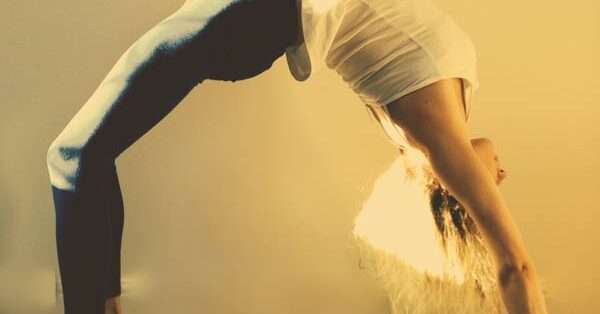
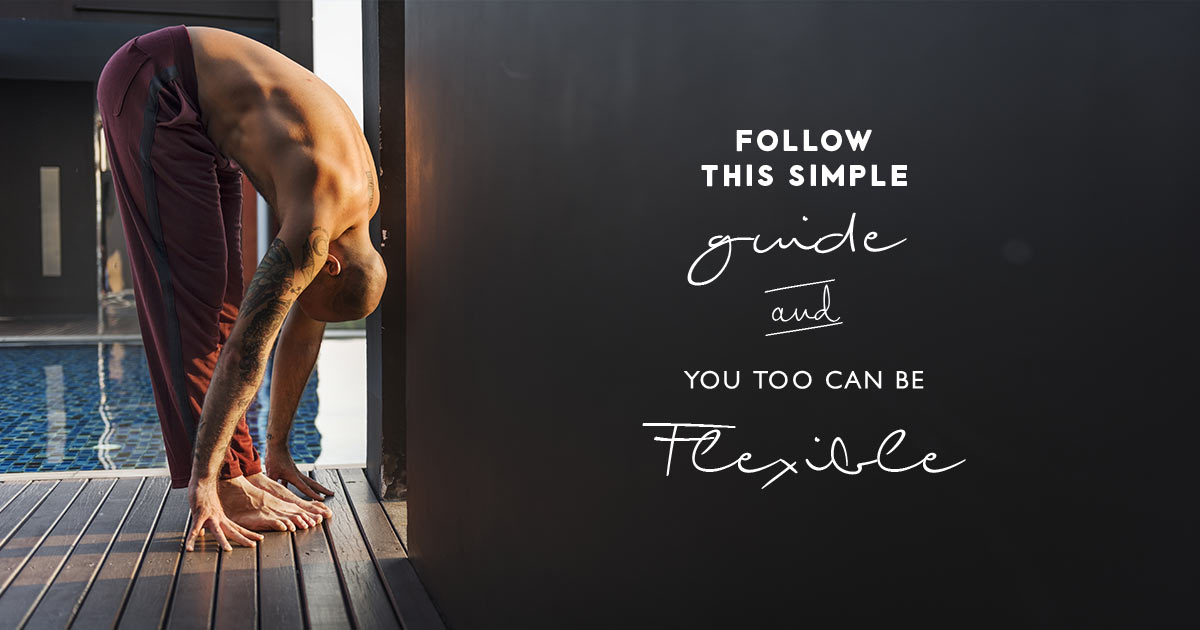
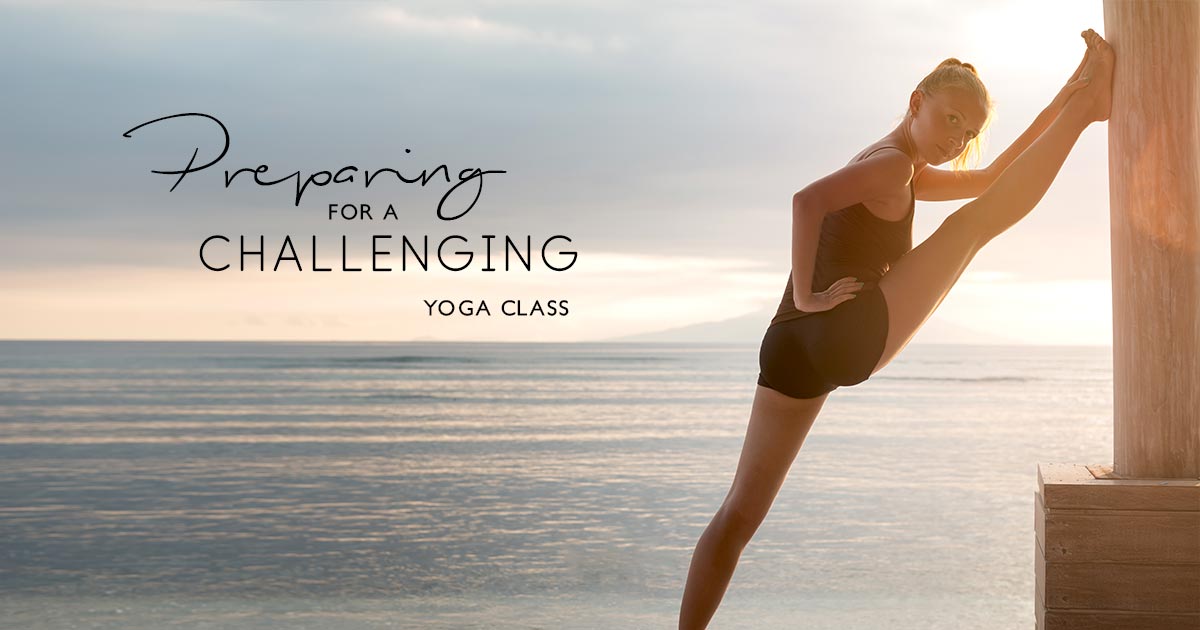
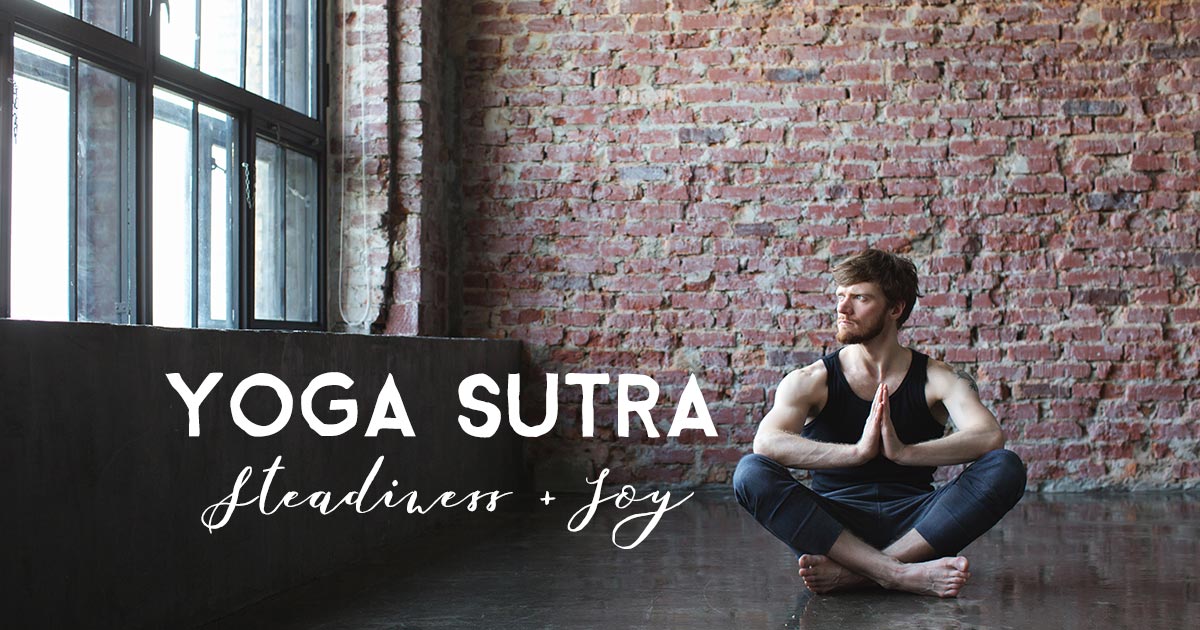
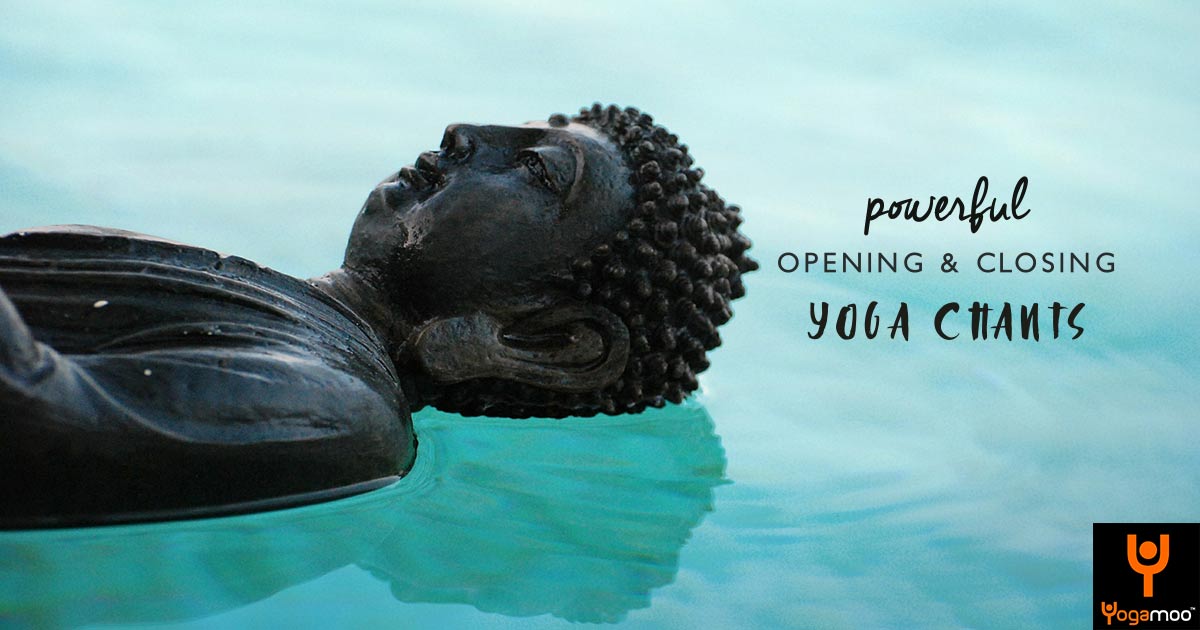
I really like the idea of creating my perfect practice and I can’t always workout the process of getting everything in there.
Thanks Emma great job!